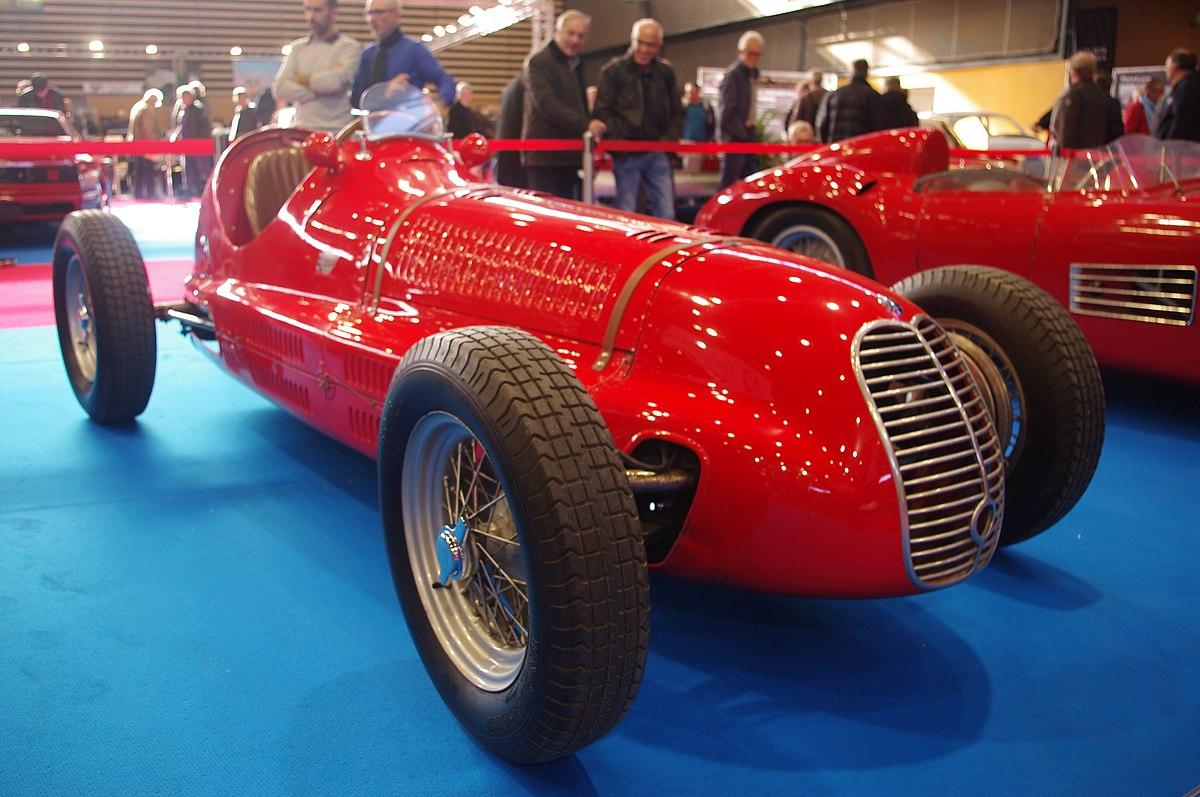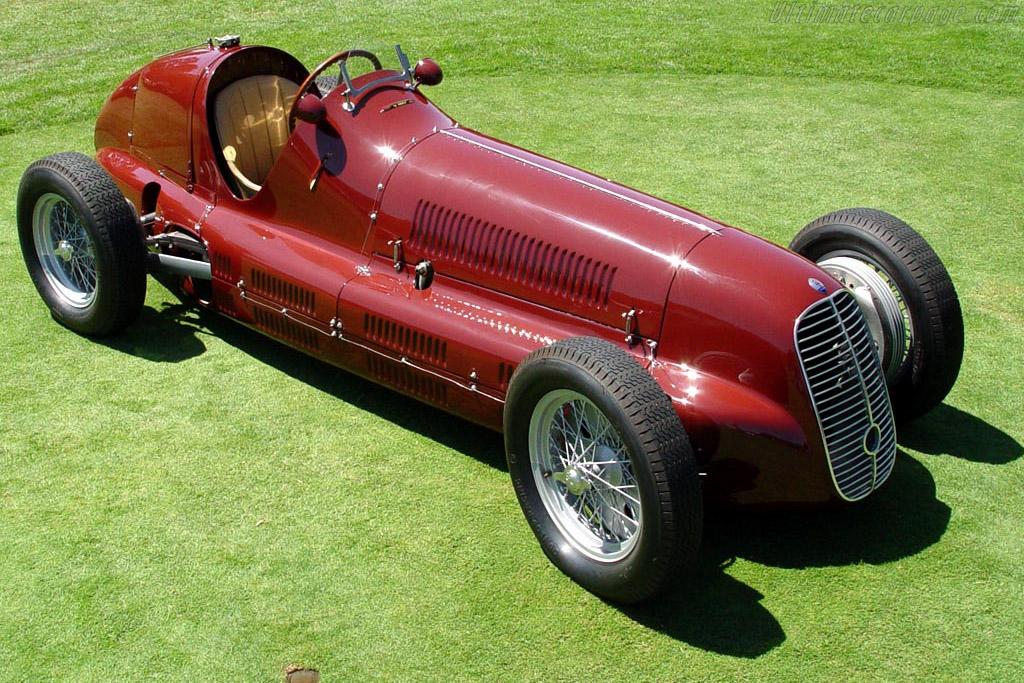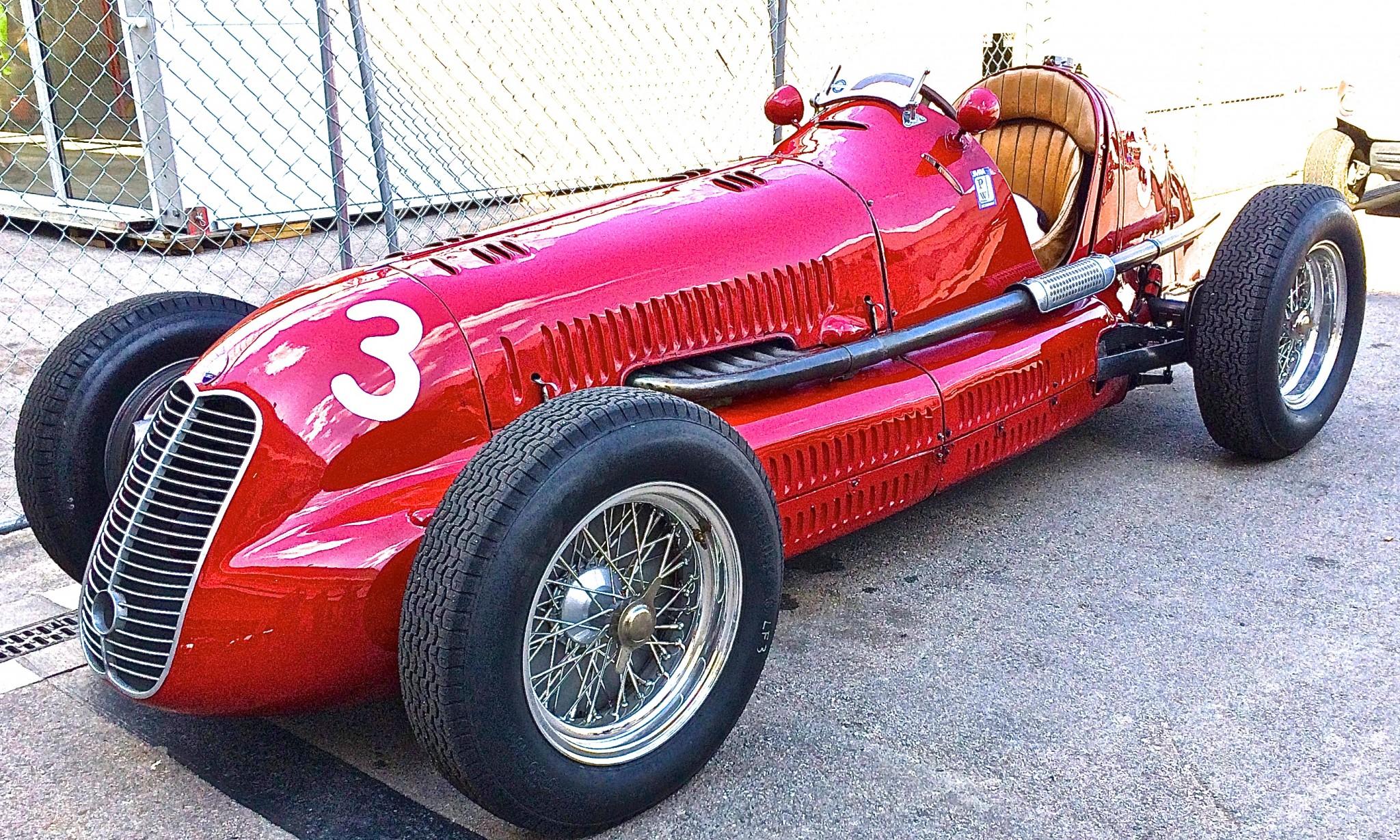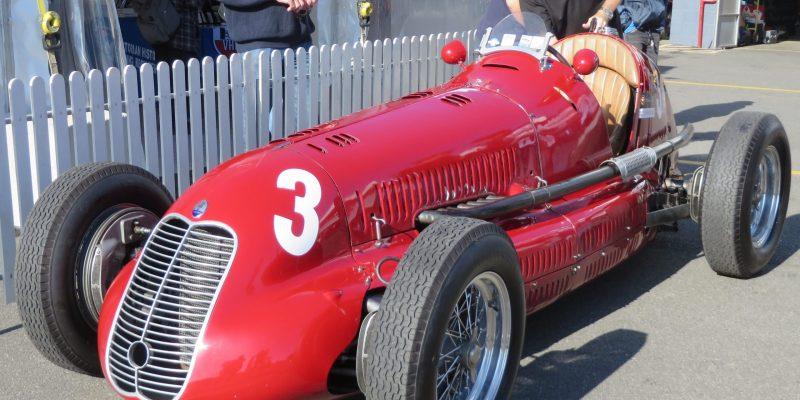1939 Maserati 4CLT
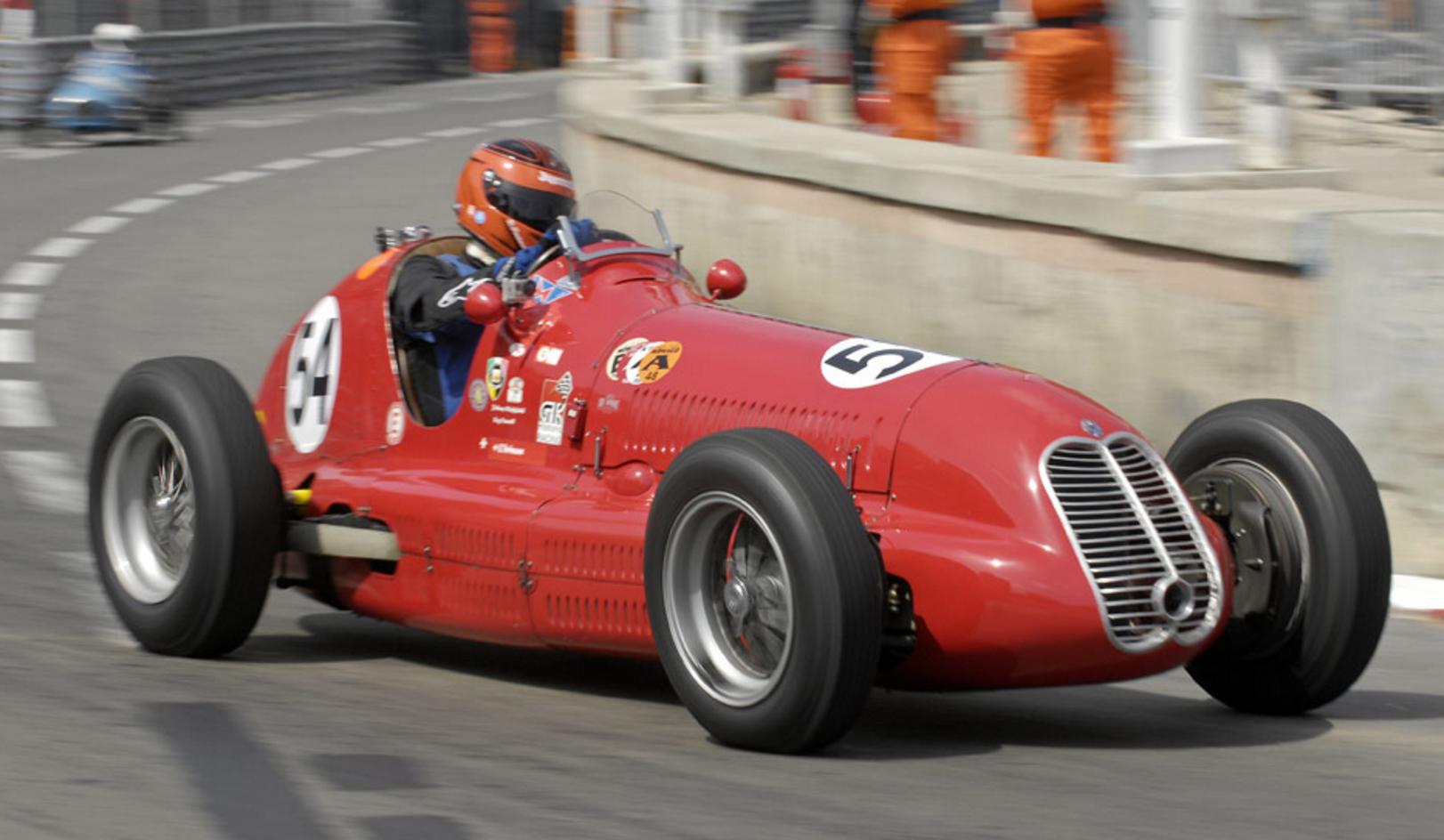
The descriptions of the Classic Cars in the Directory were partly generated or supplemented with the help of artificial intelligence (AI). The content may occasionally not always be entirely accurate or factually correct despite careful checking.
The Maserati 4CLT 1939 was a racing car built by the legendary Italian automaker Maserati. It was designed to comply with the then newly introduced 1.5-liter Supercharged Grand Prix formula, which was created to encourage the development of smaller, more agile race cars for the Grand Prix circuit. The 4CLT was an evolution of the earlier 4CL model, which was released a year earlier in 1938.
At the heart of the Maserati 4CLT lay its powerful 1.5-liter inline-4 engine, which was equipped with a Roots-type supercharger. This allowed the car to produce an impressive 225 horsepower at a breathtaking 7000 RPM. The engine was mated to a 4-speed manual gearbox, which allowed the car to reach a top speed of around 170 km/h. The gears were shifted through a centrally mounted gear lever.
The 4CLT had a lightweight construction, with an aluminum bodywork mounted on a tubular steel frame. This helped keep the overall weight of the car down to just 650 kg. The suspension system consisted of an independent front suspension with wishbones, together with a trailing arm and torsion bar suspension at the rear.
The car’s 18-inch wire-spoke wheels were equipped with drum brakes on all four corners. The steering was unassisted, being a direct linkage from the steering wheel to the front tires. The driver sat low in the cockpit, which was fitted with a lightweight bucket seat and a wood-rimmed steering wheel.
The Maserati 4CLT 1939 was a successful race car and did extremely well in the Grand Prix racing circuit. The 4CLT was driven by legendary drivers such as Luigi Villoresi, Jean-Pierre Wimille, and Philippe Etancelin. During its racing career, it achieved numerous podiums and several race victories, including the Monaco Grand Prix in 1948, driven by Nello Pagani.
In conclusion, the Maserati 4CLT 1939 was an iconic race car that set new standards in small capacity Grand Prix racing. It was a technical masterpiece that pushed the boundaries of what was possible at the time. It remains one of Maserati’s most celebrated and revered creations, both for its technical prowess and its racing successes.
Milestones
- 1938: Maserati develops the 4CLT racing car, designed for lightweight and high performance - 1939: The 4CLT makes its racing debut at the Tripoli Grand Prix, finishing 3rd with driver Luigi Villoresi - 1939: Maserati enters the 4CLT in the 1939 Indianapolis 500, but fails to qualify - 1939: The 4CLT wins its first grand prix at the Coppa Acerbo in Pescara, Italy, with driver Luigi Fagioli - 1940: Maserati continues to dominate racing circuits with the 4CLT, winning the Tripoli Grand Prix, Pau Grand Prix, and Barcelona Grand Prix - 1950s: The 4CLT becomes a popular choice for privateer racing teams, with modifications and improvements made by individual mechanics and drivers - 1953: The last recorded race of a 4CLT, as newer, more advanced models become available on the market.Technical
• The Maserati 4CLT was a racing car produced by Maserati from 1939 to 1948.• It was unveiled at the 1939 Milan Motor Show.
• The car was powered by a 1.5-liter inline-four engine that produced 220 horsepower.
• The engine featured a Roots-type supercharger and an overhead camshaft.
• The gearbox was a four-speed manual transmission.
• The 4CLT had a tubular chassis with independent front suspension and a De Dion rear axle.
• The braking system consisted of hydraulic drum brakes with twin circuits.
• The car weighed 660 kg and had a top speed of 240 km/h.
• The Maserati 4CLT was successful on the racing circuit, winning several Grand Prix races in Europe in the late 1930s and early 1940s.
• The car was also driven by some of the world's most famous racing drivers, including Juan Manuel Fangio, Tazio Nuvolari, and Luigi Villoresi.
